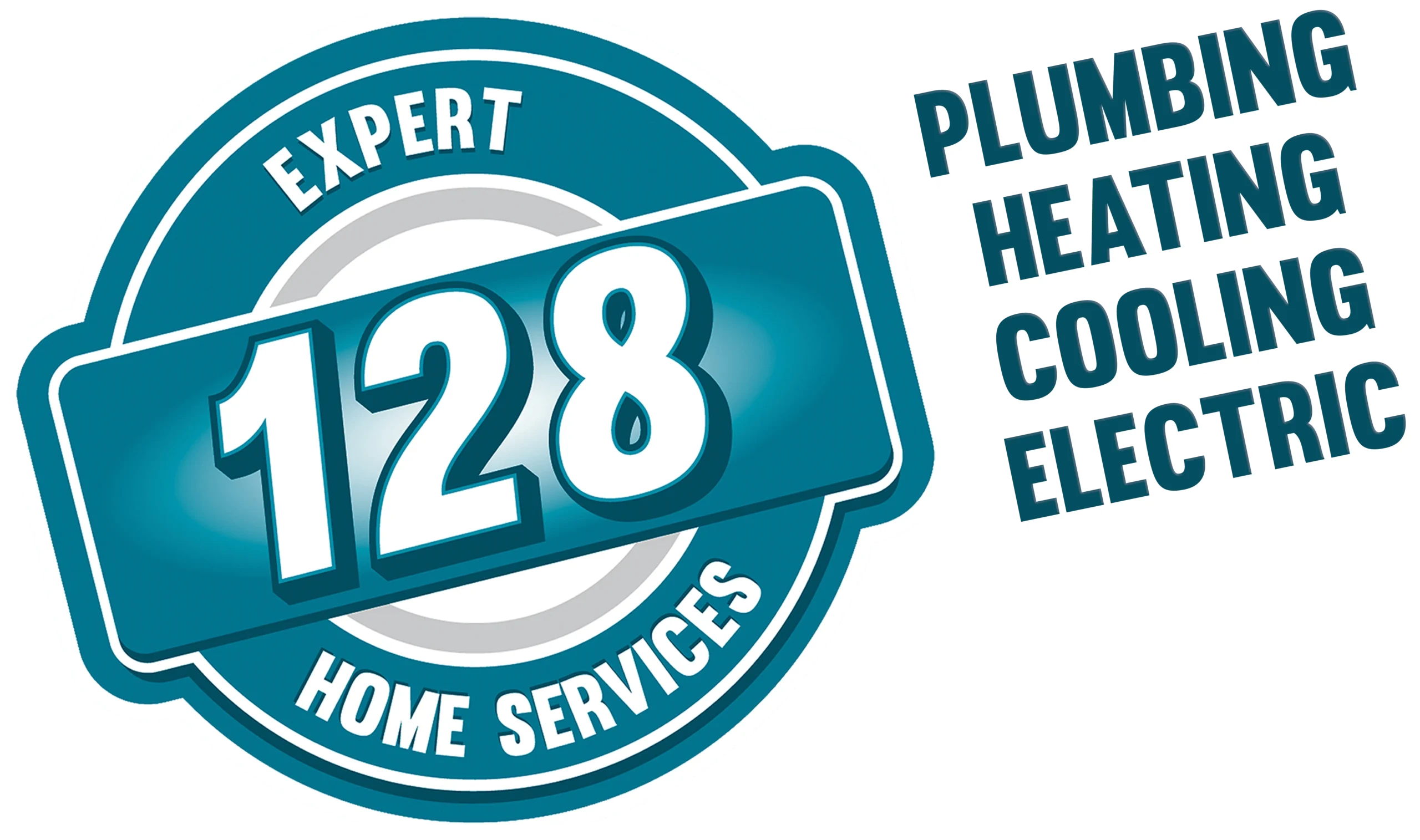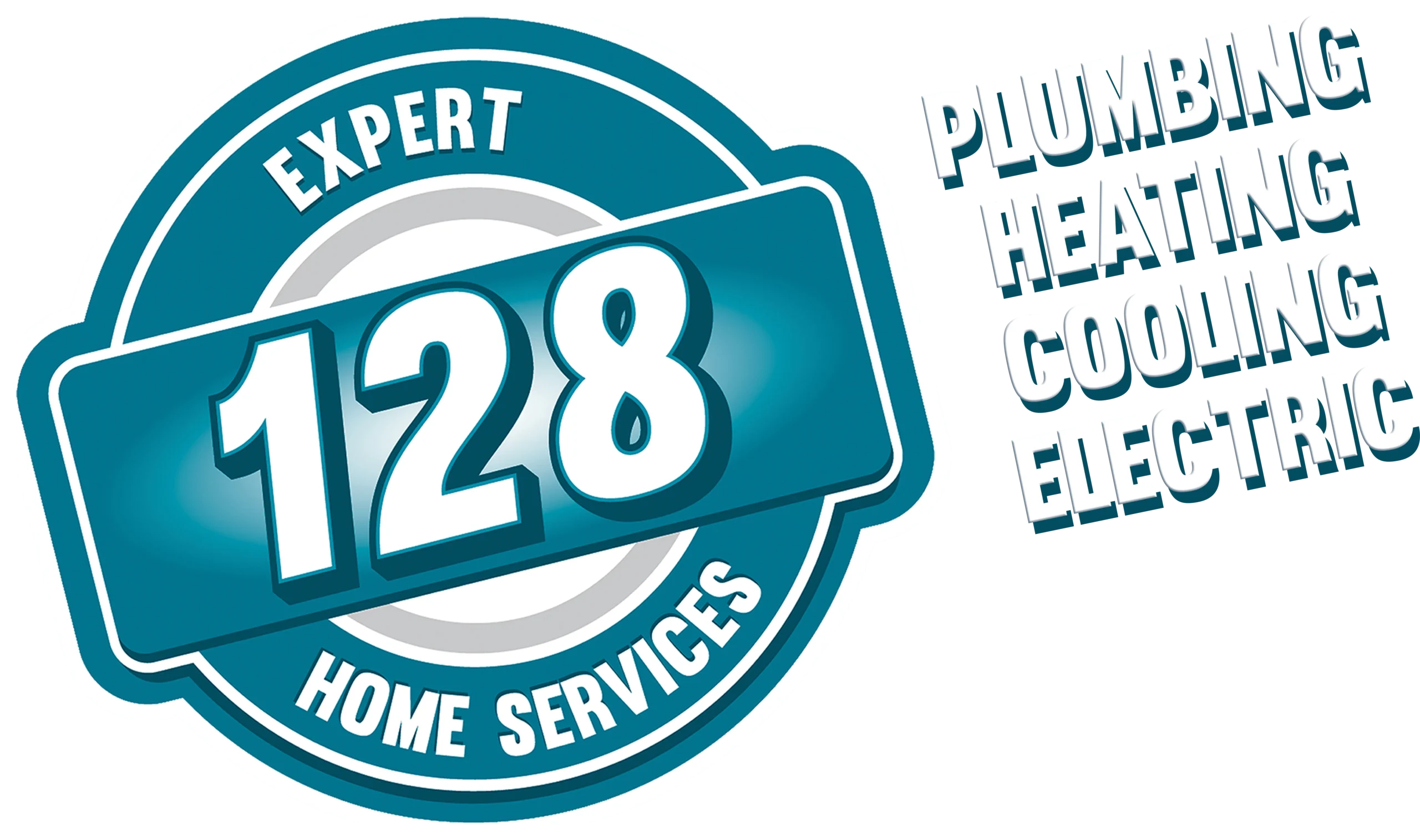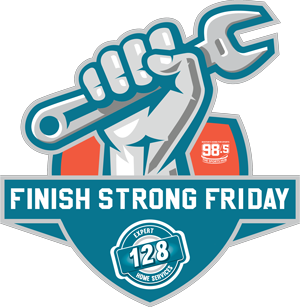
Installing trenchless pipe lining is an innovative solution to help fix leaking water pipes. Trenchless lining is less invasive to the scenery around your Massachusetts home than the traditional, non-trenchless pipe lining techniques sometimes used for protecting your potable H20 system. Also, trenchless pipelining helps keep home maintenance costs down with trenchless lining eliminating the need for digging.
In the recent past, using a trenchless lining method for a pipe that leaked wasn’t a viable option for a home or business owner, but new technologies make trenchless lining an excellent method of fixing leaks. The trenchless lining epoxy resin used to make trenchless pipelining coats the inside of damaged pipes. Trenchless pipe lining plugs the cracks and holes that otherwise allow contaminants into the water system.
Why 128 Plumbing Recommends Trenchless Pipe Lining
At 128 Plumbing, we understand that you put a lot into maintaining the appearance of your home, so we recommend non-invasive processes, such as trenchless pipelining, whenever it’s a suitable solution for your plumbing problems.
Trenchless pipe lining, which is also called cured in place piping or CIPP, is one of the latest trends in trenchless pipe repair. Trenchless pipe lining eliminates the need to tear up lawns and driveways for our Massachusetts customers. Plus, trenchless pipe lining is one of the most cost-effective trenchless pipe mending techniques. That means we’re able to use trenchless pipelining to fix damage to pipes that are open to contaminants due to bursting or cracking, helping you manage your home maintenance costs.
Preliminary Pipelining Inspection
The trenchless pipe lining repair process from 128 Plumbing begins with cleaning of the pipe and an inspection so we can accurately diagnose the pipe damage before proceeding with trenchless pipelining. With accurate measurements of the length and diameter of the piping that’s damaged and open to water contaminants, your trenchless lining technician from 128 Plumbing can determine the amount of trenchless epoxy relining resin required for the trenchless pipe lining plumbing process.
The Trenchless Pipelining Process
One of the main advantages of trenchless pipelining is that it protects your potable water system without the need to dig up the land around your home or business. Trenchless pipe lining repair does this by going inside the open pipe to make repairs. It’s trenchless because you don’t need a trencher to dig up your lawn, and it works by lining broken pipes.
The trenchless pipelining material, a product called reliner, is then inserted into an open place in the damaged pipe to begin the trenchless pipe relining process. The reliner resurfaces the inner walls of pipes with trenchless lining epoxy, sealing damage from the inside,
The trenchless pipe lining process continues with pressurized air pushing the resin through the pipe to coat the inner walls with a protective layer and seal open cracks and holes. During the process, the trenchless pipelining material turns itself inside out to help with creating a solid bond between the original pipe and the trenchless pipelining resin.
How Long Does Trenchless Pipe Lining Need to Set Up?
After the trenchless pipelining material has been installed inside the original pipe, it takes the trenchless pipelining epoxy about three hours to fully cure. The completed trenchless pipe lining repairs leave your pipes in like-new condition, without any need for new pipe placement that could otherwise damage tree roots, tear up sidewalks, or destroy any concrete slabs around your home.
The non-invasive aspect of trenchless pipe lining repair means your yard isn’t torn up, leaving you with a landscape mess to resolve. Trenchless pipe lining also ensures you don’t have to go days without access to fresh, potable water, a possibility when other methods are used to repair a leaking pipe. Trenchless pipelining is fast and effective.
Trenchless Pipe Lining Isn’t Just for Water Lines
While keeping your potable H2O supply safe is one purpose for trenchless pipelining, it isn’t the only reason to choose trenchless pipe lining to protect the area around your Massachusetts home or business when a pipe is damaged. Trenchless sewer relining is another type of trenchless pipelining that’s an option for fixing a damaged sewer pipe.
When the pipe from your septic system acts up, trenchless pipelining is an effective way, in many cases, to repair damaged sewage pipes rather than tearing up the ground to replace the pipe. The trenchless pipe lining seals your broken sewer pipe without the need for digging. The new trenchless lining keeps the waste matter inside the septic lines and away from your lawn and pets.
The difficulty of mending sewer pipe damage is why it’s especially important to call a trenchless lining specialist, such as the pros from 128 Plumbing, for trenchless pipe repair. A typical plumber may clear roots and clogs from a pipe, but the damage may still be there, hidden underground.
Trenchless pipe resin goes around bends and curves, distributing an even layer inside of the elbows and joints of the pipe. This trenchless pipe
lining resin mends the damage, restoring the sewer pipe, so sewage doesn’t seep out to create unwanted odors and damage your lawn.
Contact 128 Plumbing Today
If you’re noticing signs of water contamination or bursting pipes, such as discoloration or particulate matter in your water or odors, the team at 128 Plumbing is here to evaluate and fix the piping in your home with trenchless pipe lining. Contact us today by calling (781) 670-3261 or (888) 419-4233 to schedule an appointment with our technicians.


